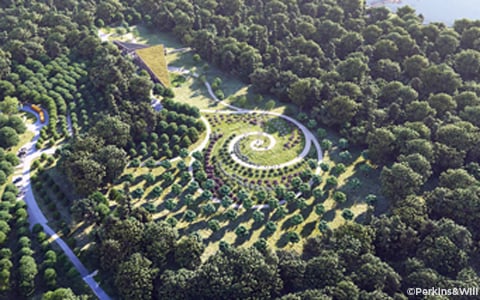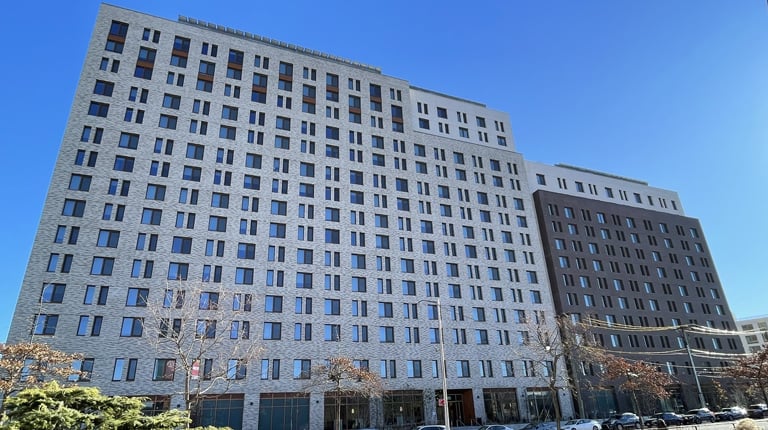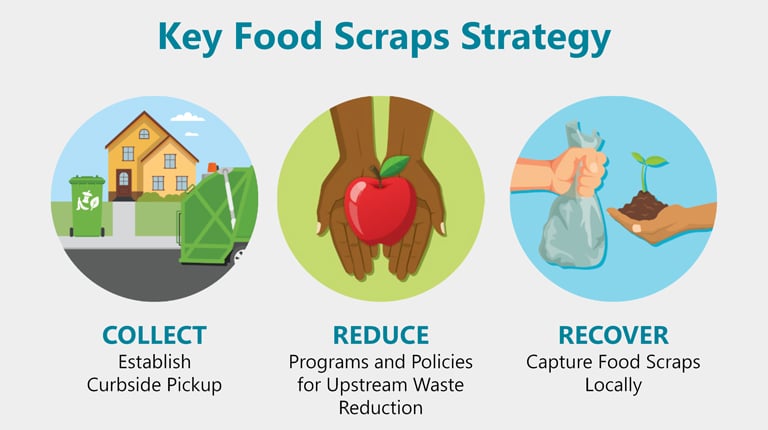
In a bold step toward environmental leadership and educational innovation, Henrico County recently celebrated the groundbreaking of the Center for Environmental Science and Sustainability (CESS) at Wilton Farm—the world’s first K-12 public school Living Building and only the second of any kind in Virginia to seek this prestigious certification.
Located on a 1,193-acre parcel, the CESS project is designed to be a beacon of sustainability, education, and community engagement. The planned 11,000-square-foot building will serve as an academic space for Henrico County Public Schools (HCPS) and as a dynamic community resource, offering hands-on learning environments and world-class environmental features.

As the site/civil engineering lead, VHB partnered with Perkins&Will, Biohabitats, and Introba, supporting site design, stormwater compliance, access and accessibility. The innovative design approach around rainwater capture and reuse, on-site waste treatment, and fire protection required significant coordination amongst design team members. VHB’s work included parking, bus drop off, grading, drainage, stormwater management, and coordination of site permitting reviews with Henrico County.
“This project represents an opportunity to reimagine what a public school facility can be. It’s not just a place of learning, but a living, breathing ecosystem that teaches by example,” said Charlene Harper, Project Manager at VHB. “We’re proud to be part of a team helping Henrico County raise the bar for sustainability and education worldwide.”
The project incorporates sustainability features to meet the rigorous standards of Living Building Challenge certification, the most advanced sustainability benchmark in the built environment. These features include:
- Solar panels that generate more energy than the building consumes.
- Rainwater capture and purification systems for potable water.
- A green roof, wind turbine, and a swale running beneath the elevated structure.
- Immersive outdoor learning spaces like wetlands, forests, pollinator gardens, and student-planted landscapes.
- The use of repurposed materials, including reclaimed wood from HCPS gym floors.
- Design elements that maximize natural light, passive heating, and overall building efficiency.
Living Building Challenge certification requires that buildings be net-positive in energy and water use and meet performance standards in seven key areas: Place, Water, Energy, Health & Happiness, Materials, Equity, and Beauty.
Once complete, the Henrico CESS will join an elite global group—just 30 buildings worldwide have achieved LBC certification to date—and will serve as a model for sustainable educational facilities around the world.
Learn more about VHB’s K-12 experience.


